[caption id=“attachment_10931591” align=“alignnone” width=“640”] 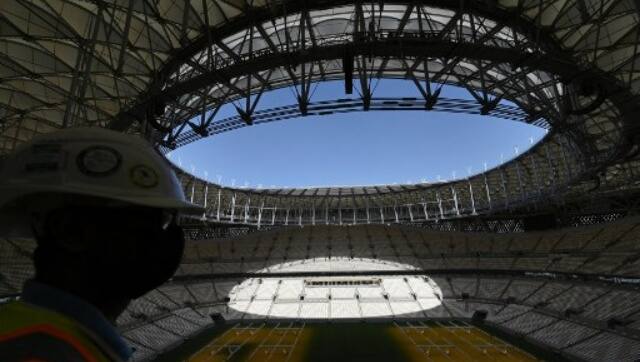 Lusail Iconic Stadium (80,000 capacity): Qatar’s biggest stadium will host the final as well as, amongst other matches, the first semi-final. Built in Lusail, 15 kilometres north of central Doha, there are plans for the stadium to be transformed into a community hub after the World Cup. AFP[/caption] [caption id=“attachment_10222161” align=“alignnone” width=“640”]  Al-Bayt Stadium (60,000 capacity): The venue for the opening game between Qatar and Ecuador on 20 November, as well as the group-stage showdown between Spain and Germany and the second semi-final. It is constructed in the form of a Bedouin tent although there are plans for the upper tier to be removed after the competition. Situated around 35 kilometres from Doha, it is beyond the reach of the capital’s metro system, making it one of the harder venues to access. AFP[/caption] [caption id=“attachment_11484961” align=“alignnone” width=“640”] 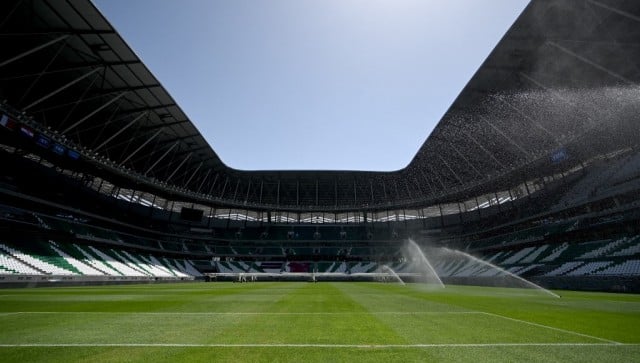 Education City Stadium (40,000 capacity): Situated among university campuses in Al-Rayyan, and reachable by metro, the stadium will notably host one of the quarter-finals. Its capacity will be reduced by half after the tournament with plans for the seats to be donated to developing countries. AFP[/caption] [caption id=“attachment_11484991” align=“alignnone” width=“640”] 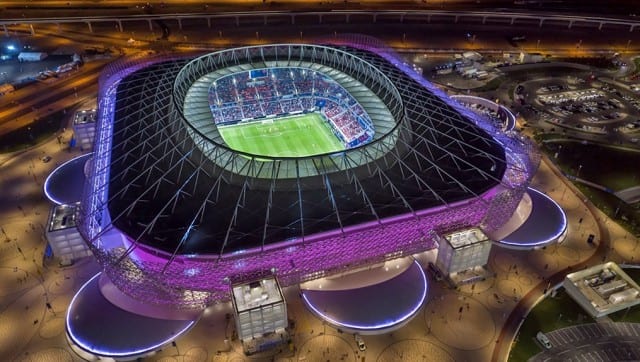 Ahmad Bin Ali Stadium (40,000 capacity): The home of one of Qatar’s most successful clubs, Al-Rayyan, the stadium has been built on the site of the old venue of the same name. Located where the city meets the desert, its capacity will also be reduced by half after the tournament. AFP[/caption] [caption id=“attachment_11485011” align=“alignnone” width=“640”] 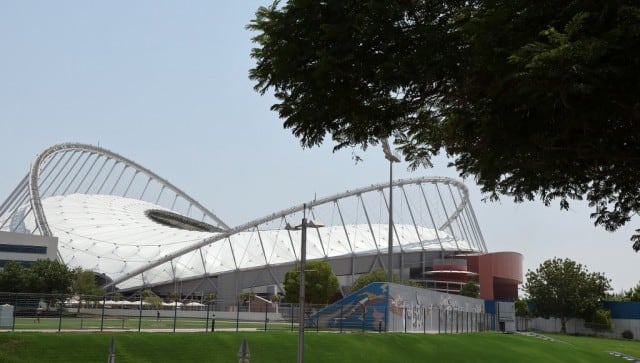 Khalifa International Stadium (40,000 capacity): Built in 1976, it is the only venue which already existed before Qatar was awarded the World Cup, although it has since been transformed. It hosted the 2011 Asian Cup final and also the final of the 2019 Club World Cup. AFP[/caption] [caption id=“attachment_11485021” align=“alignnone” width=“640”] 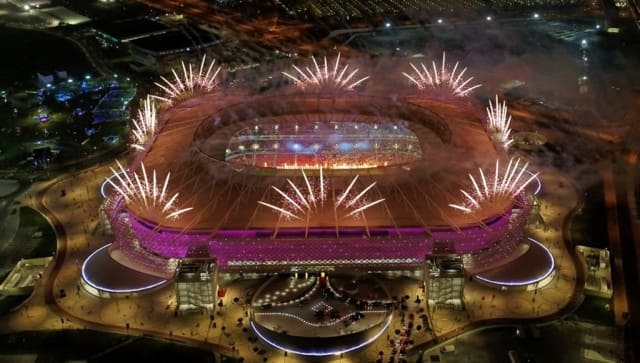 Al-Thumama Stadium (40,000 capacity): The stadium is built in the form of a gahfiya, the traditional cap worn by men across the Middle East. It will host one of the quarter-finals, while its capacity will be reduced to 20,000 after the World Cup. AFP[/caption] [caption id=“attachment_11485031” align=“alignnone” width=“640”] 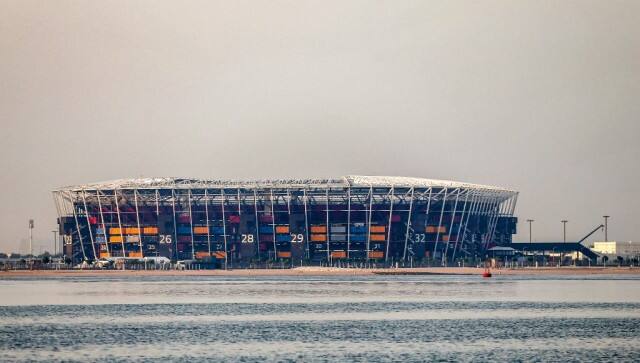 Stadium 974 (40,000 capacity): Built out of shipping containers, the pop-up stadium will be completely dismantled after the World Cup. The number 974 is the international dialling code for Qatar but also represents the number of containers used for the stadium’s construction. AFP[/caption] [caption id=“attachment_11485041” align=“alignnone” width=“640”] 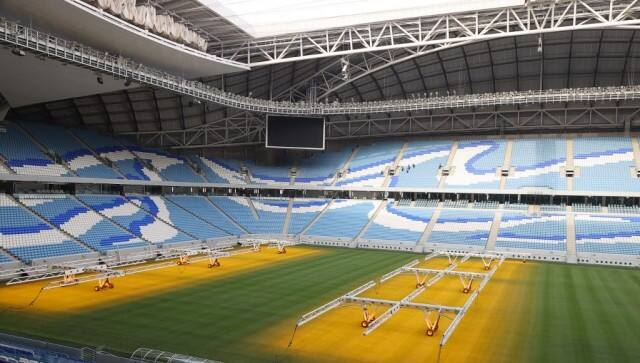 Al-Janoub Stadium (40,000 capacity): Located south of Doha in the city of Al-Wakrah, the stadium’s design was inspired by the traditional boats used for pearl diving and fishing. AFP[/caption]
FIFA World Cup 2022: A look at all eight stadiums that will host games at the Qatar World Cup in November-December.
Advertisement
End of Article


)
)
)
)
)
)
)
)
)



